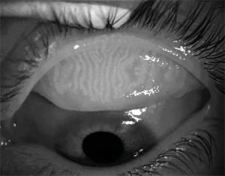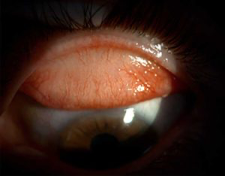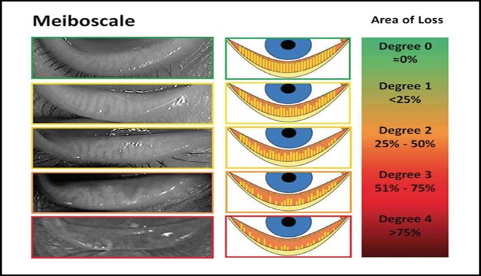Normally, the eye constantly bathes itself in tears. The tears lubricate the eye, maintain nutrition and provide oxygen to eye structures, acts as a refractive component and helps remove debris from the surface of the eye.
Dry eye is an extremely common condition, which affects most people at some stage in their lives. Dry eye is a disorder of the tear film which occurs due to tear deficiency or excessive tear evaporation; it causes damage to the surface of the eye and is associated with a variety of symptoms reflecting ocular discomfort.
Dry eye symptoms may be a manifestation of a systemic disease, therefore timely detection may lead to recognition of a systemic disorder. Additionally, patients with dry eyes are prone to potentially blinding infections, and also at an increased risk of complications following common procedures such as laser refractive surgery.
The usual symptoms include:
Excessive tearing from “dry eye” may sound illogical, but is actually the eye’s response to discomfort. If the tears responsible for maintaining lubrication do not keep the eye wet enough, the eye becomes irritated. Eye irritation prompts the gland that makes tears (called the lacrimal glands) to release a large volume of tears, overwhelming the tear drainage system. These excess tears then overflow from your eye.
When you blink, a film of tears spreads over the eye making the surface of the eye smooth and clear. Without this tear film, clear vision would not be possible. The tear film consists of three layers:
The oily layer, produced by the meibomian glands (oil glands), forms the outermost surface of the tear film. Its main purpose is to smoothen the tear surface and reduce evaporation of tears. The middle watery layer makes up most of what we ordinarily think of as tears. This layer, produced by the lacrimal glands in the eyelids, cleans the eye and washes away foreign particles or irritants.
The inner layer consists of mucus produced by the conjunctiva. Mucus allows the watery layer to spread evenly over the surface of the eye and helps the eye remain moist. Without the mucus, tears would not stick to the eye.
Dry eye may develop due to
As dry eyes may be associated with a variety of causes, it is important to perform a comprehensive evaluation before proceeding to treatment. At Arohi Eye Hospital, systematic step wise examination leads to the diagnosis of dry eyes, and the severity of it.

Normal View

Meibography View

Source: Optometry and Vision Research, Germany
Stop Dry Eye from spoiling your vision! Get advanced eye treatment by the leading Dry Eye Specialist in Mumbai and improve your vision at Arohi Eye Hospital.
For a Dry Eye Specialist in Mumbai on eye check-up and treatment, Call : +91-9820111315